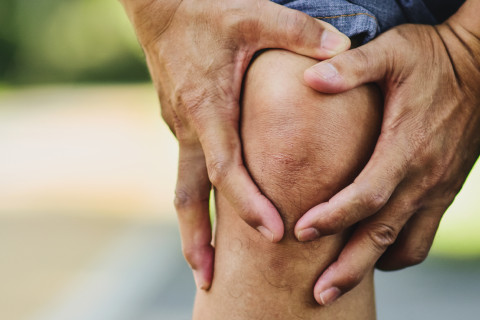The doctoral dissertation in the field of Applied Physics will be examined at the Faculty of Science and Forestry, Kuopio Campus and online.
What is the topic of your doctoral research? Why is it important to study the topic?
The topic of my doctoral research is ‘Structure, composition and function of human tibiofemoral joint cartilage – Experimental and computational analysis of healthy and osteoarthritic tissue’. Osteoarthritis as the most prevalent joint disorder is currently affecting hundreds of millions of lives throughout the world. Articular cartilage covering the ends of bones undergoes drastic changes when osteoarthritis progresses. Despite many studies performed on animal models, studies on human cartilage are lacking. Yet, knowledge from human cartilage is crucial for translational sciences. Therefore, I conducted a comprehensive characterization of human knee joint articular cartilage in my thesis to understand the alterations in function, structure and composition of the tissue when osteoarthritis progresses.
What are the key findings or observations of your doctoral research?
In my doctoral thesis, the location-specific mechanical material properties of human knee joint cartilage as well as tissue composition and structure are established for this first time. Following that, I established the relationships between cartilage mechanical properties and composition/structure. This thesis provides fundamental knowledge of human cartilage mechanical and compositional properties and how these properties change at different stages of osteoarthritis.
The key findings of my thesis can be summarized into three main points. 1) We observed that human tibial cartilage experiences dramatic deteriorations in mechanical properties already at the moderate stage of osteoarthritis, whereas the femoral condyle cartilage seems to maintain longer its mechanical functionality. 2) We studied the mechanisms involved in modulation of cartilage behavior under dynamic loading, such as walking, and observed that at low frequency (slow walking or standing) proteoglycan (an abundant negatively charged protein in cartilage) degradation can result in cartilage being more viscous and less elastic, while at higher frequencies (fast walking) collagen network breakdown can lead to cartilage being more viscous and less elastic. 3) Cartilage is naturally swollen; thus, its collagen network is pretensioned. We found out that proteoglycan degradation and collagen network breakdown as results of osteoarthritis progression can lead to loss of collagen network pretension, therefore, the cartilage capability to withstands shocks diminishes.
How can the results of your doctoral research be utilised in practice?
The findings of this thesis improved understanding of the disease progression and can be of benefit to translational sciences. The results provide a reference for tissue engineering efforts where researchers aim to design tissue-engineered constructs that could mimic the behavior of native healthy tissues. The findings are also of interest for researchers working on computational models, as implementation of the material properties obtained from native human cartilage can improve the accuracy of models.
What are the key research methods and materials used in your doctoral research?
Two valuable sets of human knee joint cartilage samples were provided by our collaborators for this research. A set of human tibial cartilage samples was obtained from Kuopio University Hospital, and a set of human femoral cartilage sample was obtained from Lund Biobank, Sweden. I conducted the mechanical tests on samples using and indentation device. Then I used finite element simulation to acquire constituent-specific material properties that simulate the mechanical effects of structural components of the tissue. The samples were then processed to microscopical and spectroscopical measurements to determine the compositional and structural parameters namely proteoglycan content, collagen content, collagen fiber orientation angle and parallelism index. Afterwards, the mechanical parameters were related to composition/structure of the tissue using statistical regression analyses to establish the structure-function relationships.
The doctoral dissertation of Mohammadhossein Ebrahimi, MSc, entitled Structure, composition and function of human tibiofemoral joint cartilage – Experimental and computational analysis of healthy and osteoarthritic tissue, will be examined at the Faculty of Science and Forestry. The Opponent will be Professor Virginia L. Ferguson, University of Colorado Boulder, USA, and the Custos will be Professor Rami K. Korhonen, University of Eastern Finland. Language of the public defence is English.
For more information, please contact:
Mohammadhossein Ebrahimi, [email protected]




